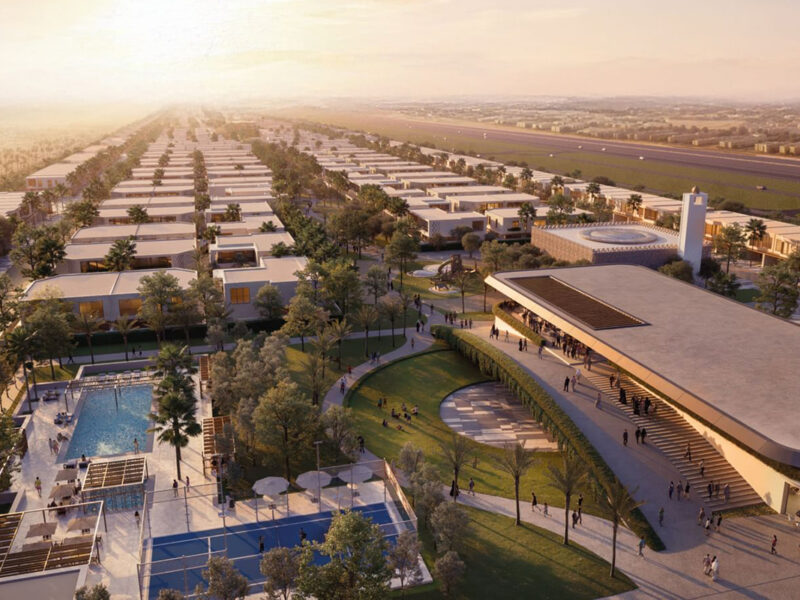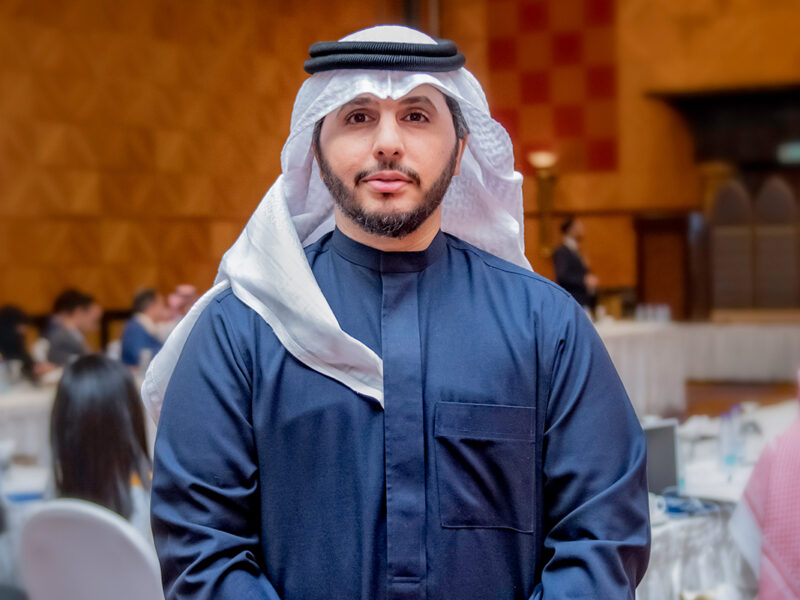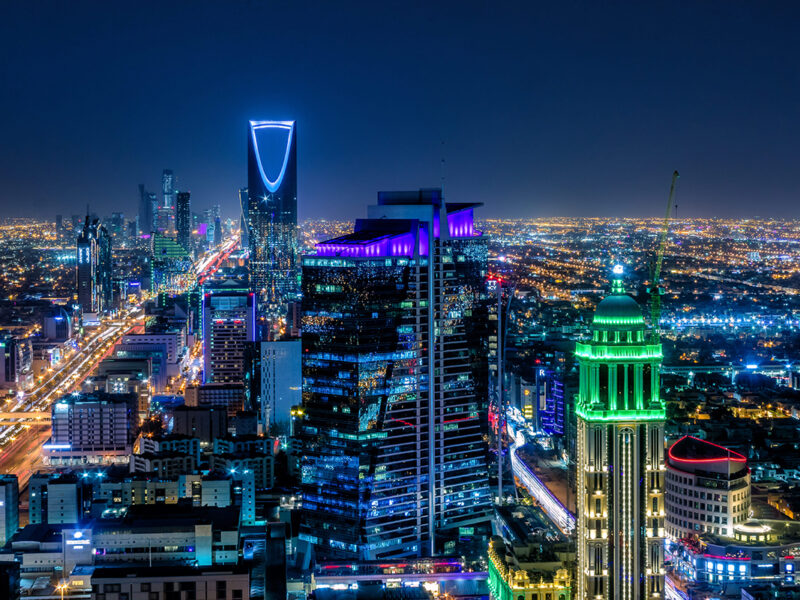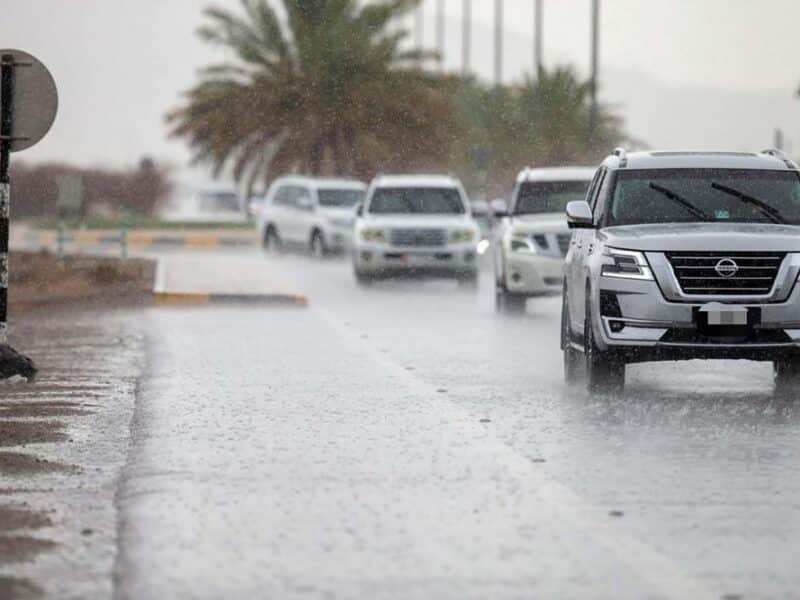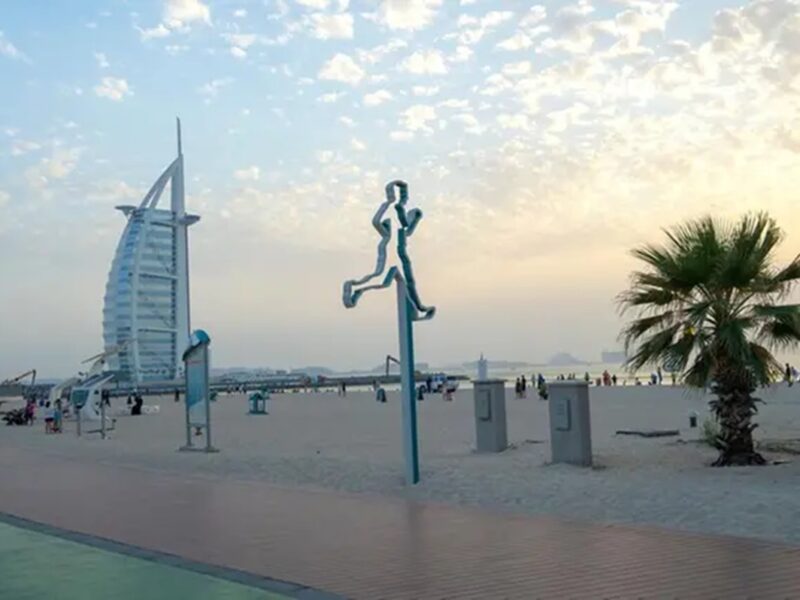The path towards a sustainable built environment in the Middle East took a huge step forward this month. After a year of deliberation and detailed review by its technical committee, the Emirates Green Building Council (EGBC) has launched a proposed green building rating system that is designed specifically to suit the construction methods used in the local market as well as the environmental conditions faced in the region.
Based on the US Green Building Council’s (US GBC) Leadership in Energy and Environmental Design (LEED) system, the modified version is currently lodged with the US GBC for evaluation; it is aimed to have the system ratified by September 2008. And with a growing number of clients and developers now showing an interest in sustainability issues, the acceptance of the proposed system could make all the difference to the energy performance of future buildings in the region.
Many projects are now being designed to the US GBC version of LEED, but how many more clients would be persuaded to take up the challenge if a system that specifically accounts for local concerns is offered? For example, one of the biggest issues in the region is the lack of fresh water supplies and this is one of the areas on which the proposed LEED Emirates rating system focuses. The EGBC is offering 25 project teams the chance to find out how easy it is to reduce the environmental footprint of their buildings in a pilot programme for the proposed system due to commence in October (email: [email protected] for full details).
The latest initiatives by the American Society of Heating, Refrigerating and Air Conditioning Engineers (ASHRAE) are also likely to play a positive part in the sustainable future of the region. Its decision to develop a water conservation standard will be welcomed worldwide, but particularly in areas such as the Gulf where the levels of natural supplies are low. By establishing guidelines for the use of technology and systems that utilise water more efficiently, the resources that are available can be used more effectively and massive savings can be achieved in building operation costs.
Of perhaps even greater interest is the building energy performance matrix that the Association is currently developing. By incorporating benchmarks for energy use and indoor air quality, comparisions can be made of the actual and ongoing efficiency of buildings once in operation. Combining the use of such a matrix with that of a design system like LEED will truly ensure a long-term sustainable future.

